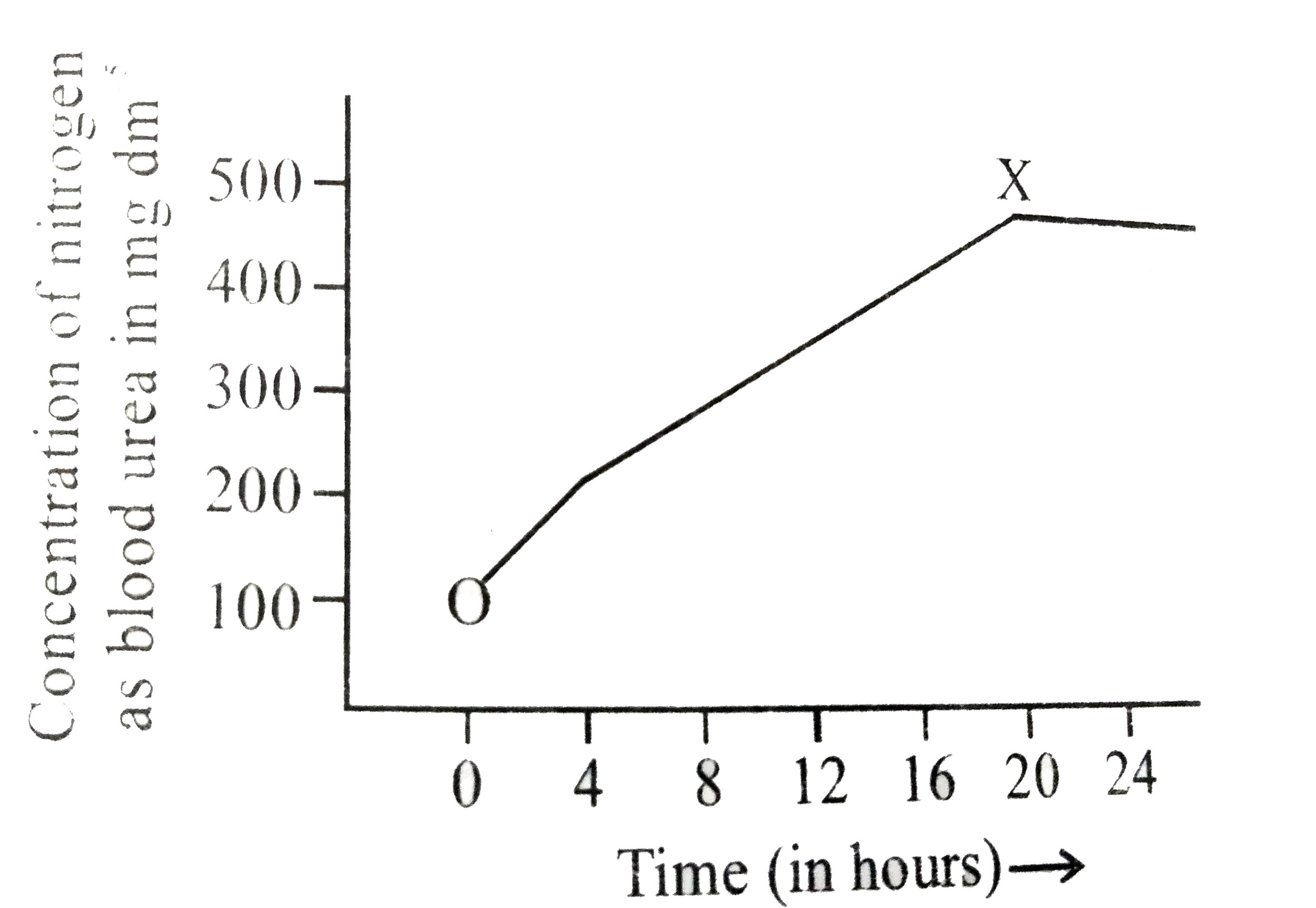It- (I) Liver - Liver lobule
II. kidney- Uriniferous tubule
III. Ecolog:y - X
then what does"X" represent ?
Biotic community
Ecosystem
Population
All of the given
The correct Answer is:B
To solve the question, we need to identify the relationship between the terms given in the pairs. Let's break it down step by step.
1. Understanding the First Pair: Liver - Liver Lobule
- The liver is an organ that is composed of smaller functional units called lobules. Each lobule is a structural unit of the liver.
2. Understanding the Second Pair: Kidney - Uriniferous Tubule
- The kidney is another organ, which is made up of functional units known as uriniferous tubules (or nephron). Each uriniferous tubule is responsible for filtering blood and forming urine.
3. Identifying the Third Pair: Ecology - X
- Now, we need to find what "X" represents in the context of ecology.
4. Defining Ecology:
- Ecology is the branch of biology that studies the interactions between living organisms and their environment. It encompasses various levels of biological organization.
5. Identifying the Component of Ecology:
- Just as the liver is made up of lobules and the kidney is made up of uriniferous tubules, ecology is made up of ecosystems. An ecosystem is a community of living organisms interacting with each other and with their physical environment.
6. Conclusion:
- Therefore, "X" represents "Ecosystem" in the context of the relationship established in the previous pairs.
Final Answer:
X represents Ecosystem.
- The liver is an organ that is composed of smaller functional units called lobules. Each lobule is a structural unit of the liver.
- The kidney is another organ, which is made up of functional units known as uriniferous tubules (or nephron). Each uriniferous tubule is responsible for filtering blood and forming urine.
- Now, we need to find what "X" represents in the context of ecology.
- Ecology is the branch of biology that studies the interactions between living organisms and their environment. It encompasses various levels of biological organization.
- Just as the liver is made up of lobules and the kidney is made up of uriniferous tubules, ecology is made up of ecosystems. An ecosystem is a community of living organisms interacting with each other and with their physical environment.
- Therefore, "X" represents "Ecosystem" in the context of the relationship established in the previous pairs.
X represents Ecosystem.
Topper's Solved these Questions
- ECOSYSTEMBOOK - AAKASH SERIESCHAPTER - ECOSYSTEMEXERCISE - EXERCISE-II (PRODUCTIVITY)
13 Videos
- ECOSYSTEMBOOK - AAKASH SERIESCHAPTER - ECOSYSTEMEXERCISE - EXERCISE-II (DECOMPOSITION)
11 Videos
- ECOSYSTEMBOOK - AAKASH SERIESCHAPTER - ECOSYSTEMEXERCISE - EXERCISE-I (ECOSYSTEM SERVICES)
18 Videos
- CELL CYCLE AND CELL DIVISIONBOOK - AAKASH SERIESCHAPTER - CELL CYCLE AND CELL DIVISIONEXERCISE - Exercise-III
18 Videos
- ENVIRONMENTAL ISSUESBOOK - AAKASH SERIESCHAPTER - ENVIRONMENTAL ISSUESEXERCISE - Exercise-III (Previous AIPMT/NEET Questions)
41 Videos
Similar Questions
What does the base tier of the ecological pyramid represent ?
View SolutionWhat does the given ecological pyramid represent ?

View SolutionRefer to the given reactions.
(i) Adenine +X→Adenosine
(ii) Adenosine +Y→ Adenylic acid
What does X and Y represent here ?
View SolutionThe graph shows the effect of liver and kidneys in dogs on the amount of urea in the blood. On the graph, two marks O and X shows the time when these two organs were removed . Which mark shows the removal of which organ ?

View SolutionName the juice secreted by liver. What does it help in ?
View SolutionSpecial venous connection between liver and intestine and between kidney and intestine is found in frog , what are they called?
View SolutionIf f(x)=sin{[x+5]+{x−{x−{x}}} for x∈(0,π4) is invertible, where {.} and [.] represent fractional part and greatest integer functions respectively, then f−1(x) is ::
I.sin−1x II. π2−cos−1x III. sin−1{x} IV.cos−1{x}
The correct choice is: (a) I,II,III (b) II,III (c)III,IV (d)None of these
View SolutionWhich is the correct pathway of sperms.
(i) Epididymis (ii) Seminiferous tubules
(iii) Vas - efferentia (iv) Rete-testis
View SolutionIf X={1,2,3}, if n represents any member of X, write the following sets containing all numbers represented by
(i) 4n , (ii) n+6 , (iii) n2 , (iv) n−1
View SolutionFind the correct statements from the following
I) Supporting ecological services - Oxygen release into ecosystem
II) Provisioning ecological services - Climate regulation in ecosystem
III) Regulating ecological services - water purification and flood protection
IV) Cultural services - Education, recreation and aesthetic value
View Solution
